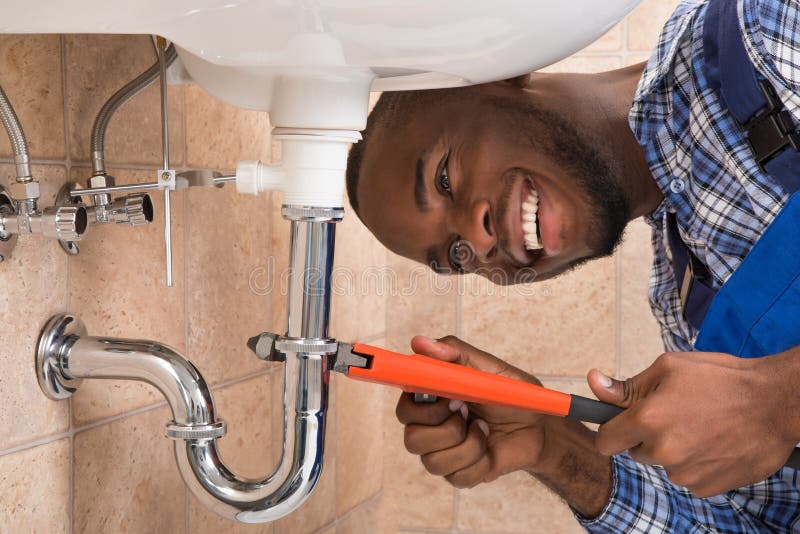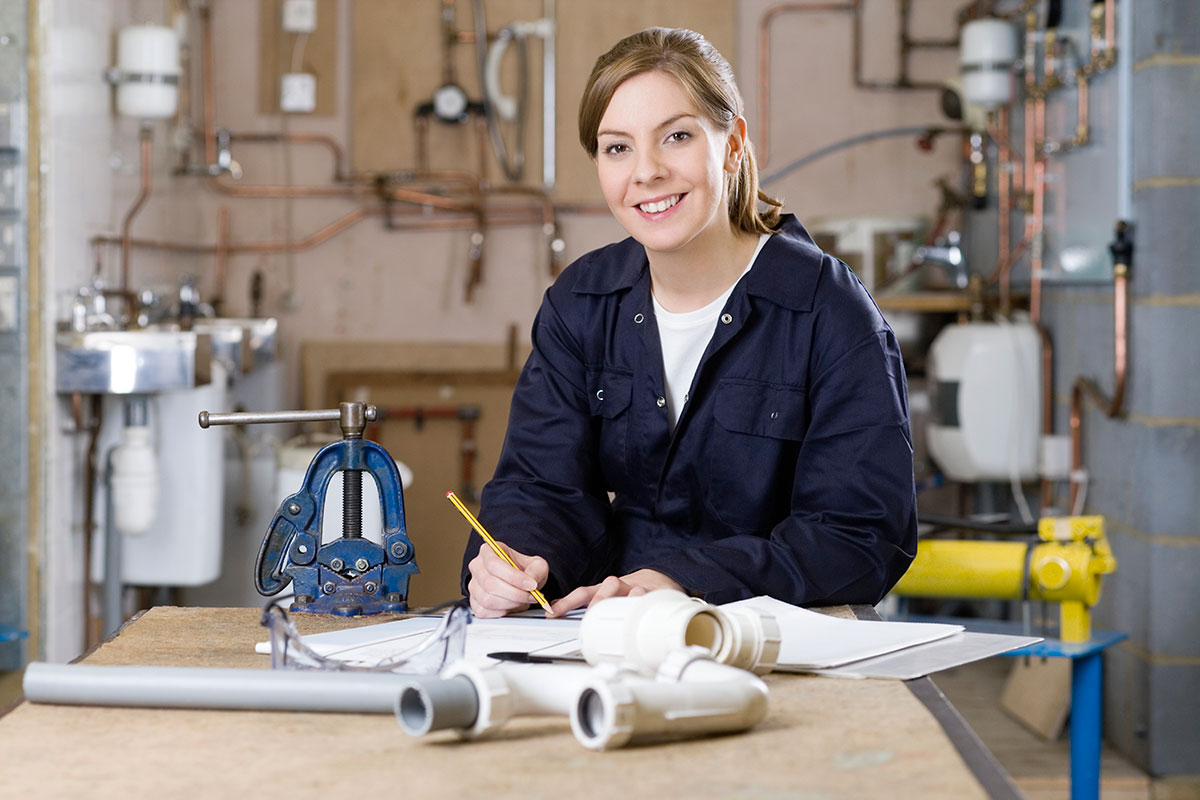Quality Water Heater Installation Alabaster AL for Ideal Comfort
Quality Water Heater Installation Alabaster AL for Ideal Comfort
Blog Article
A Step-by-Step Guide to Efficient Water Heating System Setup for Optimum Performance
Getting started on the job of setting up a water heating system is a venture that requires precision and a systematic strategy for achieving optimal efficiency. As you proceed, the ins and outs of linking water supply lines and establishing up reputable electric or gas connections await, encouraging understandings into ensuring efficiency and integrity.
Picking the Right Water Heating System

Following, take into consideration the size and capability of the water heating unit. It's vital to assess your house's warm water needs, which can vary based upon the number of residents and their use patterns. An unit that's too tiny might cause insufficient warm water, while a large version may cause unnecessary power usage.
Efficiency rankings additionally play an essential duty in choice. Look for water heaters with high Energy Element (EF) scores, indicating remarkable performance and reduced power usage. Tankless models, though commonly a lot more costly ahead of time, offer substantial energy cost savings gradually because of their on-demand home heating abilities.
Preparing the Setup Area
Prior to installing a brand-new water heater, meticulous preparation of the installation area is crucial. It's critical to measure the space meticulously to accommodate the water heating system's measurements, guaranteeing sufficient clearance around the system for efficient operation and maintenance.
Examine the floor for security, as the water heater will certainly require a solid, level surface to run successfully. If needed, mount a drip frying pan beneath the device to capture potential leakages or spills, preventing water damages to the surrounding location.
Furthermore, ensure that all necessary tools and materials are on hand before beginning the installment. This includes products such as wrenches, screwdrivers, a degree, and any added equipment required for installing and securing the heater. A well-prepared installation area sets the foundation for a successful hot water heater setup, optimizing efficiency and safety.
Connecting Water Lines
When connecting water supply lines to your newly mounted hot water heater, it is vital to make certain that all connections are protected and leak-free to maintain efficient procedure and avoid water damage. Begin by recognizing the chilly and warm water lines. The chilly water inlet is generally marked with a blue label or a "C", while the hot water outlet is marked with a red tag or an "H".
Use flexible water heating unit connectors to help with a much easier installation procedure. Before affixing the ports, put a plumbing technician's tape around the threaded ends of the water heating unit's inlet and electrical outlet pipes.
When connections are in place, gradually switch on the primary water supply valve. Check each link for leaks by visually feeling and examining for moisture. Tighten links as essential, and make certain the pressure safety valve is appropriately installed, guarding versus extreme stress build-up.
Establishing Electric or Gas Links
Effectively establishing the electric or gas connections for your hot water heater is a crucial action to ensure effective and safe procedure. For electrical hot water heater, start by verifying that the electrical circuit works with the heater's voltage and amperage needs. Make sure the power supply is switched off at the breaker to avoid visit homepage mishaps. Attach the electric cords to the heating unit adhering to the manufacturer's wiring diagram. Typically, this involves connecting the ground cord to the green terminal, and the remaining cables to their matching terminals, safeguarding each with wire nuts.
For gas hot water heater, security is vital. Validate that the gas supply is off prior to continuing. Connect the gas line to the hot water heater using an adaptable gas adapter, guaranteeing it is appropriately threaded and secured with pipeline joint compound or Teflon tape appropriate for gas links. Tighten the links with a wrench, taking care not to over-tighten (Plumber Alabaster AL).
When connections are made, check for any kind of prospective leakages. For gas lines, use a soapy water service to the joints; bubbles show a leakage. For electrical links, verify that all wiring is safe and properly insulated, preserving conformity read with local electric codes.
Adjusting and checking for Effectiveness
With the electric and gas links firmly in place, the following step is examining the operational performance of your water heating system. Begin by meticulously transforming on the water supply and making certain there are no leaks at any of the shutoffs or joints.
Following, do a comprehensive inspection to make certain the burner or burner are functioning properly. For electric heaters, make use of a multimeter to confirm if the components are attracting the suitable present. In gas models, observe the heater fire; it must be blue and consistent, suggesting efficient burning.
Change the settings as required to get rid of inadequacies. Think about carrying out insulation actions, such as adding a water heating unit covering, to better boost performance by reducing heat loss. Additionally, examine the anode rod's condition, as a tatty pole can reduce effectiveness and cause tank corrosion.
Conclusion
Effective water heating system installation is essential for making sure ideal efficiency and power financial savings. By selecting the ideal kind and dimension, and meticulously preparing the setup area, a foundation for success is developed. Securely connecting water system lines and carefully establishing electric or gas connections lessen prospective concerns. Complete screening for leaks and precise thermostat changes to 120 ° F improve reliability and effectiveness. Following these actions advertises lasting functionality and energy conservation in property water home heating systems.

Correctly setting up the electric or gas links for your water heating system is an essential step to make sure efficient and safe operation. For electric water heating units, start by validating that the electric circuit is suitable with the heating system's voltage and amperage requirements. Attach the gas line to the water heater using a versatile gas port, ensuring it is appropriately threaded and secured with pipeline joint substance or Teflon tape appropriate for gas links.
Report this page